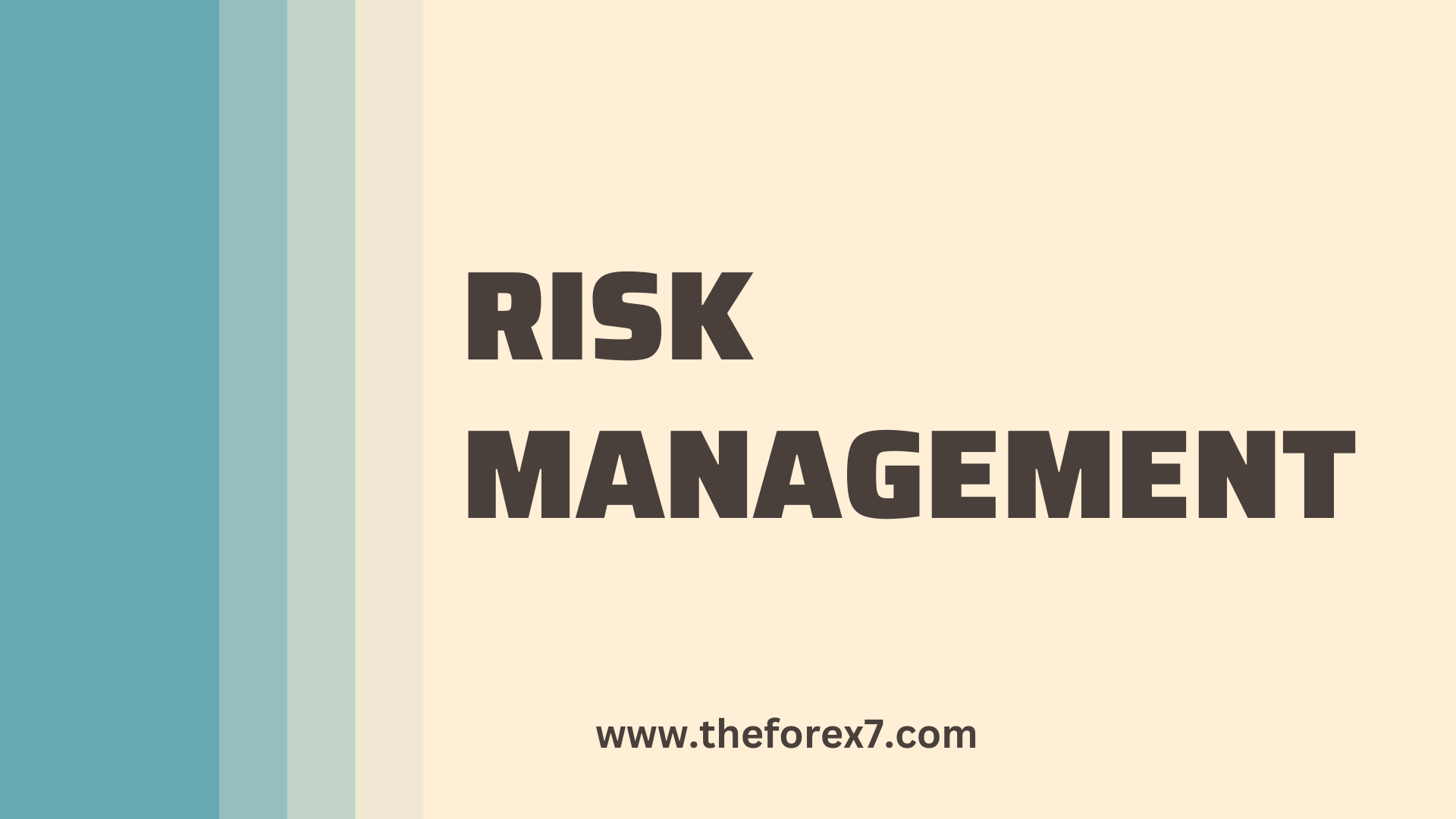Trading is a Statistical Business Risk Management
Statistics business risk management, Trading risk management in candlestick pattern, Trading risk management strategies
Course: [ MONEY MAKING CANDLESTICK PATTERNS : Chapter 1: Candlestick Basics and Testing Requirements ]

The probability of a winning trade not only provides insight into whether a trading pattern is worth using, it also provides insight into position sizing and money management strategies.
TRADING IS A STATISTICAL BUSINESS-RISK MANAGEMENT
The
probability of a winning trade not only provides insight into whether a trading
pattern is worth using, it also provides insight into position sizing and money
management strategies. In the coin flip example, few people would want to bet
their entire account on each trade because to come out ahead, they would need
to win every coin flip. The more times the coin is flipped, the more likely it
becomes they would lose their entire account. The same is true for trading.
If
a trading pattern has a 50% chance of producing a winning trade, then the
likelihood of eight losing trades in a row is one in 256. These seem like good
odds against losing eight times in a row, unless you also consider how many
trades the trader makes in a year. If the trader makes 50 trades a year, the
trader is unlikely to see eight losing trades in a row and might consider
risking 1/8 of the account on each trade. If another trader makes five trades a
week, the odds are quite good that sometime during the year, he will see eight
losing trades in a row. If the second trader risks 1/8 of the account on each
trade, he has a good chance of going broke at some point during the year.
The
amount risked on each trade should be a function of the probability of a
winning trade, the number of trades made during the year, and the maximum
drawdown the trader is willing to accept. Each trader has a different tolerance
for risk. Some are bothered by a 10% drawdown in their account. Others do not
lose sleep when experiencing a 30% drawdown. In this example, if each trader
makes about 200 trades a year (and thus has a reasonable chance of seeing eight
losing trades in a row), the first trader should risk less than 10% of his or
her account divided by eight on each trade. The second trader should risk less
than 30% of the account divided by eight.
The
amount of risk, or maximum drawdown, a trader is willing to take divided by the
maximum number of expected losses (which is a function of the number of trades
made) is a starting point for considering the amount to risk on each trade.
There are no guarantees in trading, but understanding how the winning
percentage of the trading pattern and the number of trades affects overall risk
is an important place to start when looking at risk management.
New
traders often do not understand the risks they are taking and will blame
drawdowns on bad luck, and then credit profits with their expertise at picking
good trades. But always remember, trading is a statistical business. There is
no magic indicator that will tell you which trades will work and which will
not, no matter what those slick brochures say. Traders must understand the
probabilities involved and how to use them to manage risk. The backtesting
results are one way to gather some of this information.
Imagine
16 traders all using a trading pattern that wins half the time and yields 10%
on each winning trade. If they all make a trade, we could expect eight traders
to have winning trades with their accounts up 10%, and eight traders to have
losing trades with their accounts down 10%. After the second trade, four
traders would have winning trades both times and be up 20%. After four trades,
there would be typically one trader who was up 40% and one who was down 40%.
The
trader up 40% may be invited to speak on one of the financial programs “because he knows how to pick winners.” The one down
40% would “just know” that
the trading pattern did not work and may move on to another technique in an
endless search for something better. Most of the traders would have results in
the middle. Trading patterns that have winning trades more than 50% of the time
and larger average wins than average losses move the odds significantly in the
trader’s advantage. Making actual trades is the easy part of trading; most of
the work goes into researching and carefully understanding how a trading
pattern performs.
Traders
want to use trading patterns that have winning percentages well above 50%
because it stacks the odds in their favor. They also want the average winner to
yield more than the average loser costs them. When these two conditions are
met, the trader knows that the inevitable winning streaks should gain more than
the inevitable losing streaks lose, and also the winning streaks should happen
more often than the losing streaks. It is this knowledge that makes trading
worthwhile. As is true with every business, knowledge is one of the keys to
success in trading.
Trading
without this knowledge exposes you to unknown risks. Traders with a clear
understanding of how different trading patterns perform are willing to take
known risks for expected gains. There is a connection between the level of risk
assumed and the expected returns. Lower risks can be easier to tolerate, but
often result in lower returns. Higher risks expose the trader to larger
drawdowns, and potentially larger gains. Each trader needs to find the
risk/reward scenario that is most comfortable for them.
MONEY MAKING CANDLESTICK PATTERNS : Chapter 1: Candlestick Basics and Testing Requirements : Tag: Candlestick Pattern Trading, Forex : Statistics business risk management, Trading risk management in candlestick pattern, Trading risk management strategies - Trading is a Statistical Business Risk Management






